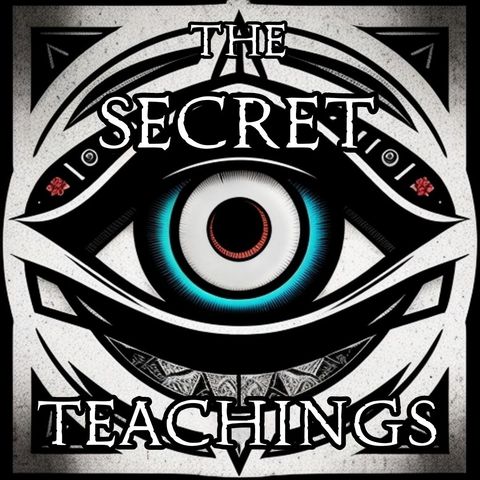BEST OF TST 10/12/22 - Season of Death w. Laura Lavender
Mar 12, 2023 ·
2h

Download and listen anywhere
Download your favorite episodes and enjoy them, wherever you are! Sign up or log in now to access offline listening.
Description
Death is the great equalizer, a debt that all men pay. As our yearly wheel turns past Mabon (the Fall Equinox) and approaches Samhain in late October, we witness in...
show more
Death is the great equalizer, a debt that all men pay. As our yearly wheel turns past Mabon (the Fall Equinox) and approaches Samhain in late October, we witness in the Northern Hemisphere three things: the Black Horse of Revelations bringing death, the ‘fall’ of man, and the unveiling or lifting of the veil by way of apocalypse. But death is merely a prerequisite for rebirth and so throughout history death has been a central feature in human culture. Death is both part of the microcosm of the body and the macrocosm of nature itself.
Skeletons, ghosts, death-masks, and other Memento Mori have always been reminders of the fragility of life rather than symbols or tropes of death worship. Instead, death is venerated alongside life as part of a cyclical process. The Freemasons have skeletons and coffins for these reasons, as do traditional Satanists of the Anton LeVay order. Death only identifies with evil when the cycle of life is broken.
From the East Asians traditions of Jesa (any time) and the Hungry Ghost (August 30) to the Mexican Day of the Dead (November 1-2) and commercialized western ‘Halloween’. The Japanese Buddhists have Bon (August 13-15) and the Hindus have Pitru Paksha (September 10-25). They are all similar if not the same; honoring ancestors and the dead with celebration, food, and dance among other things.
Laura Lavender joins the show to discuss Santa Muerte and the Season of Death (https://podcasts.apple.com/us/podcast/mysteries-beyond-with-laura-lavender/id1550240417)
show less
Skeletons, ghosts, death-masks, and other Memento Mori have always been reminders of the fragility of life rather than symbols or tropes of death worship. Instead, death is venerated alongside life as part of a cyclical process. The Freemasons have skeletons and coffins for these reasons, as do traditional Satanists of the Anton LeVay order. Death only identifies with evil when the cycle of life is broken.
From the East Asians traditions of Jesa (any time) and the Hungry Ghost (August 30) to the Mexican Day of the Dead (November 1-2) and commercialized western ‘Halloween’. The Japanese Buddhists have Bon (August 13-15) and the Hindus have Pitru Paksha (September 10-25). They are all similar if not the same; honoring ancestors and the dead with celebration, food, and dance among other things.
Laura Lavender joins the show to discuss Santa Muerte and the Season of Death (https://podcasts.apple.com/us/podcast/mysteries-beyond-with-laura-lavender/id1550240417)
Information
| Author | Ryan Gable |
| Organization | Ryan Gable |
| Website | - |
| Tags |
Copyright 2024 - Spreaker Inc. an iHeartMedia Company
